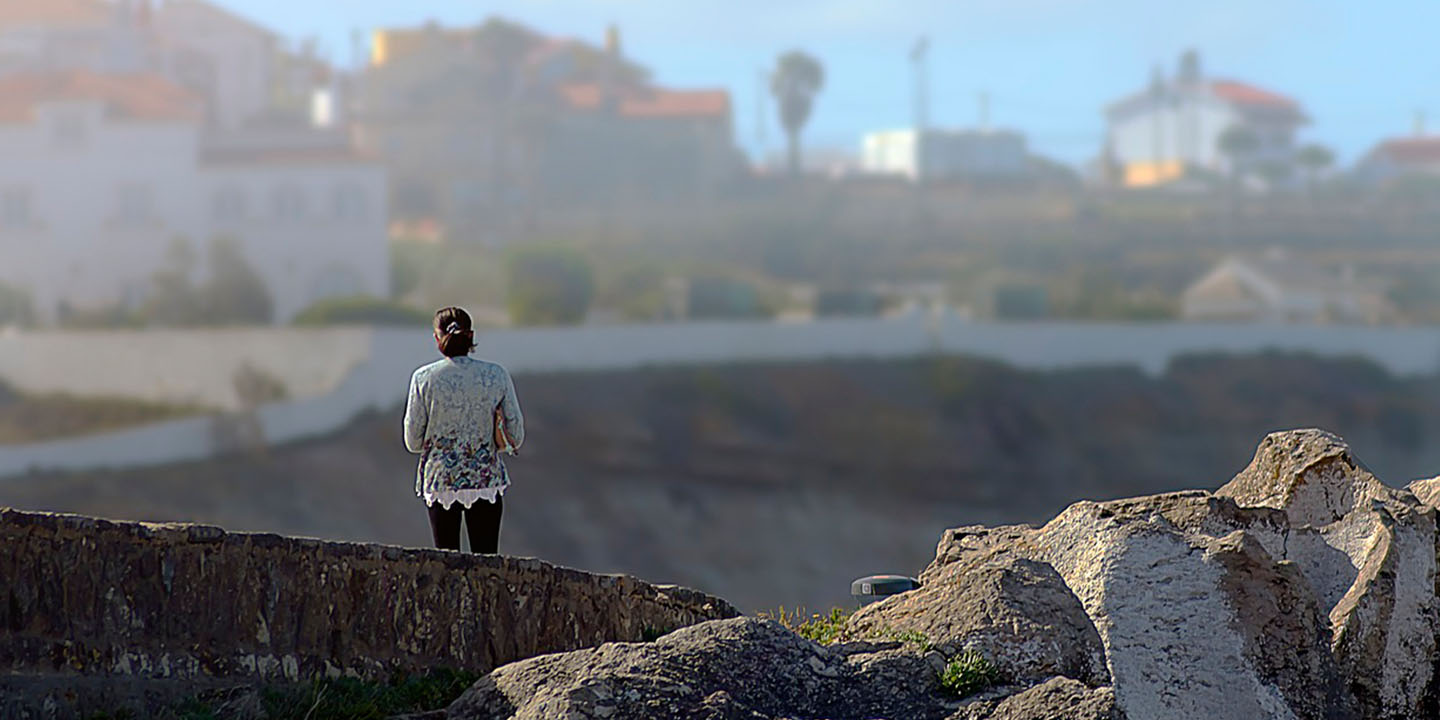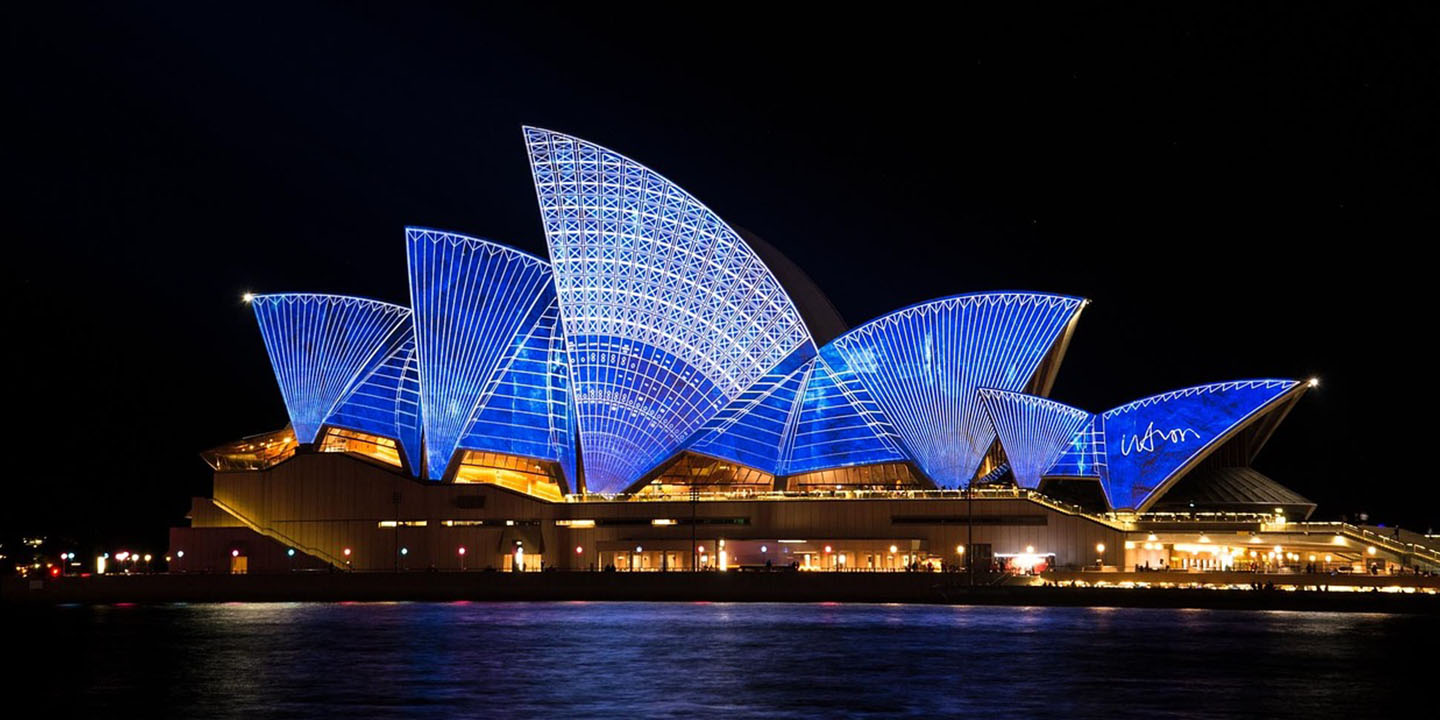The Countries That Get Overlooked
Off the top of your head, you may be able to name 50 countries—maybe 100 if you’re lucky. However, beyond the headlines and holiday brochures lie sovereign nations few people ever talk about. Some are hidden in plain sight, while others are sitting between giants or scattered across remote island chains. But their stories are real, and their flags fly proudly at the United Nations. Here are 20 countries we can bet you never knew existed.
1. Tuvalu
With just 26 square kilometers of land area, Tuvalu has only three other countries smaller than it. The nation has no standing military and relies on neighboring countries for defense. It's been a member of the United Nations since 2000.
2. San Marino
A country with more registered vehicles than actual residents—that’s San Marino, the world’s oldest republic, going by claims of continuous sovereignty since the year 301 AD. It doesn’t have an airport, and visitors typically arrive via Italy.
3. Palau
The year Palau became a fully independent nation, 1994, is the same year it joined the UN. With a population of under 20,000, it governs over 340 islands in the western Pacific. Among countries, Palau banned reef-toxic sunscreen first to protect coral ecosystems.
4. Comoros
Due to Comoros’ remote location, it is one of the least-visited countries in the world. In 1975, it gained full independence from France, and today, it is a UN-recognized sovereign state. This country’s economy depends heavily on the export of ylang-ylang, used in luxury perfumes.
5. São Tomé And Príncipe
São Tomé and Príncipe achieved independence from Portugal in 1975. Uninhabited until the 15th-century arrival of Portuguese explorers, it is now the second smallest African country both by population and land area. It's considered one of the safest countries in Africa.
 Maria Cartas from Porto, Portugal on Wikimedia
Maria Cartas from Porto, Portugal on Wikimedia
6. Nauru
The third smallest country in the world by area, Nauru, has no official capital city. Once among the richest nations per capita due to phosphate mining, its economy later collapsed. Today, its population is under 11,000, and only one airline regularly flies to the country.
 U.S. Department of Energy's Atmospheric Radiation Measurement Program on Wikimedia
U.S. Department of Energy's Atmospheric Radiation Measurement Program on Wikimedia
7. Kiribati
Thirty-two atolls and one raised coral island make up Kiribati, the only country in the world to sit in all four hemispheres—north, south, east, and west. The country’s main island group was once used for British and American nuclear tests.
 Vladimir Lysenko (I.) on Wikimedia
Vladimir Lysenko (I.) on Wikimedia
8. Liechtenstein
Somewhere between Switzerland and Austria lies a landlocked sovereign state called Liechtenstein. With no army, it relies on Switzerland for defense under an informal agreement. Liechtenstein allows you to rent the entire country for private events or film shoots.
9. Marshall Islands
The Marshall Islands joined the UN in 1991. It maintains a Compact of Free Association with the United States. The country’s passport is valid for travel to the U.S. without a visa under its special agreement.
 U.S. Navy photo by Mass Communication Specialist 2nd Class Joshua Valcarcel on Wikimedia
U.S. Navy photo by Mass Communication Specialist 2nd Class Joshua Valcarcel on Wikimedia
10. Andorra
Co-ruled by the President of France and a Spanish bishop, Andorra is a diarchy. Even though it has been an independent country since 1278, it wasn't until 1993 that it joined the United Nations. No national airport here, and visitors arrive by road from Spain or France.
 MARIA ROSA FERRE ✿ on Wikimedia
MARIA ROSA FERRE ✿ on Wikimedia
11. Micronesia
There is a special relationship between Micronesia and the U.S., which includes defense and economic aid agreements. This country became fully sovereign in 1986, and it spans over 600 islands and covers an ocean territory the size of the continental United States.
12. Eswatini
Formerly Swaziland, Eswatini is a fully sovereign nation that rebranded its name in 2018. It is the last country in Africa governed by an absolute monarch, and its annual Umhlanga Reed Dance draws tens of thousands of maidens in a royal cultural celebration.
13. Timor-Leste
This is one of the few Asian countries with Portuguese as an official language, a legacy of colonial rule. Timor-Leste, also known as East Timor, gained full independence from Indonesia in 2002. The country has some of the world's most pristine diving spots, often untouched by tourism.
14. Vanuatu
A UN member since 1981, Vanuatu consists of over 80 islands and has a functioning democracy with a parliamentary system. The Happy Planet Index ranked Vanuatu among the happiest countries on Earth, based on well-being and sustainability. More than 100 indigenous languages are used across the islands.
15. Bhutan
This landlocked Himalayan kingdom has been sovereign since 1907. Bhutan famously measures success not by GDP, but by Gross National Happiness, making it globally unique in governance philosophy. Also, it is the only carbon-negative country in the world—it absorbs more carbon than it emits.
16. Suriname
There is only one country in the Americas where Dutch is the official language—Suriname. Over 90% of its territory is covered by rainforest, the highest proportion of forest cover in the world. In 1975, it gained sovereignty from the Netherlands.
 Kristianne Waridjan on Wikimedia
Kristianne Waridjan on Wikimedia
17. Djibouti
Independent since 1977, Djibouti is located strategically along the connection point between the Red Sea and the Gulf of Aden. It hosts military bases for countries including the U.S., China, and France, and its capital city has more foreign military personnel than residents in some neighborhoods.
18. Tonga
Tonga has never been colonized by a European power. The monarchy has ruled since the 10th century, and it remains one of the few countries still governed by a royal family. In 2022, Tonga was rocked by one of the most powerful volcanic eruptions of the century.
 Pseudopanax at English Wikipedia on Wikimedia
Pseudopanax at English Wikipedia on Wikimedia
19. The Gambia
The smallest country on mainland Africa, stretching narrowly along the Gambia River, gained independence from Britain in 1965. With “The Gambia” as the official name, it’s one of the nations with a definite article. Birdwatchers flock to the country, which has over 500 documented bird species.
 Dan Roizer danny159 on Wikimedia
Dan Roizer danny159 on Wikimedia
20. Mauritania
One of the least densely populated countries in the world, Mauritania sits at the crossroads of Arab and African cultures. Chinguetti, one of its cities, is a UNESCO World Heritage site and was once a major center of Islamic scholarship.




















